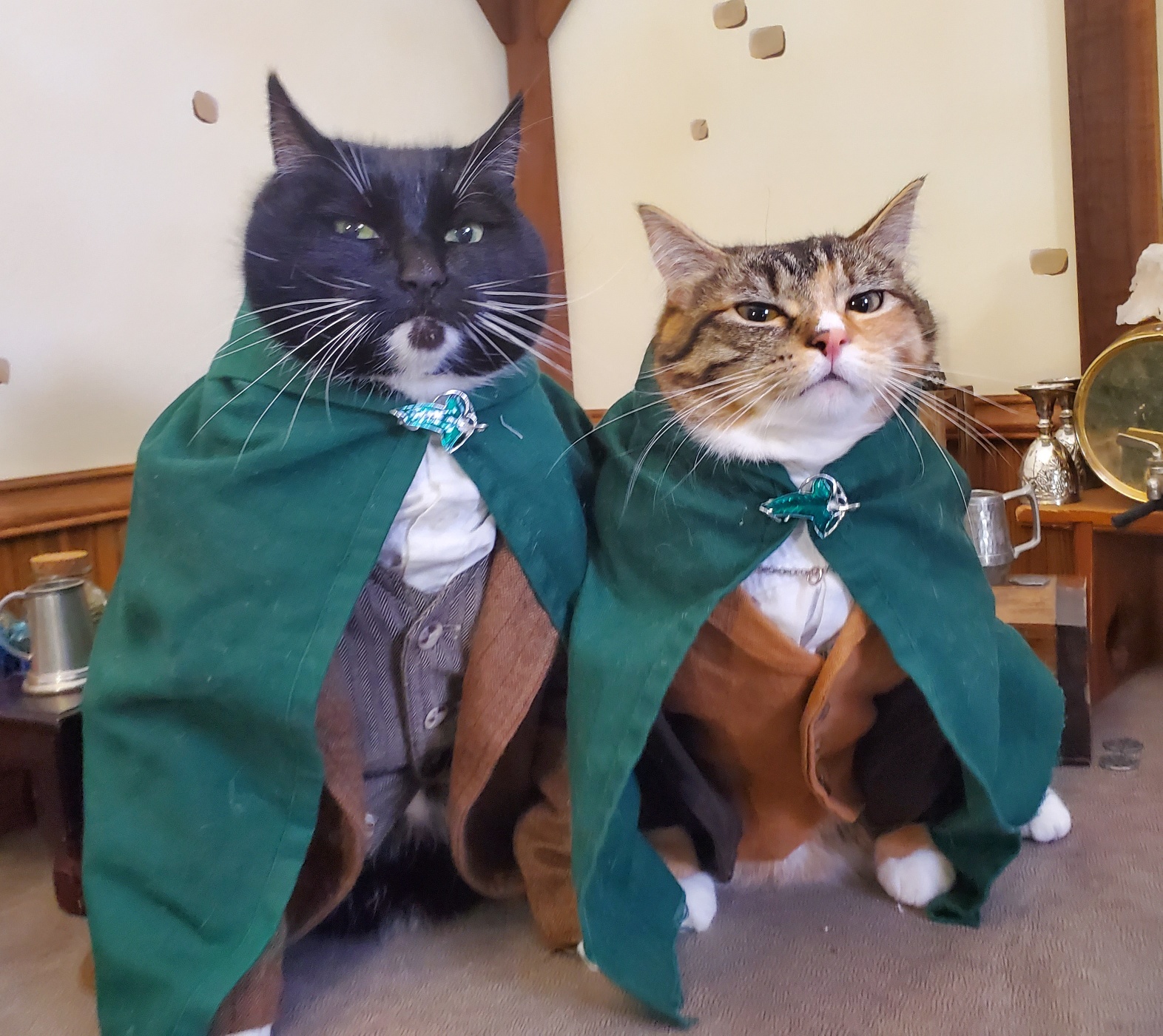
It’s a story’s pivotal moment—the one where everything changes for your character. One moment, this protagonist thinks all is lost, then somehow finds inner strength to meet the biggest challenge. But how do you write this? The key word is in the somehow.
Writing Tip for Today: Stories are more satisfying and believable if character changes are shown. Pacing can take an abrupt, unbelievable change and make it emotionally satisfying and deep.
Speed Up, Slow Down
I see a lot of important scenes where one line is that “I can’t do this” (All is lost) and the next is “But I can overcome!” (Finding Hidden Strength). In fiction as in memoir, between these two attitudes is usually a place where the writer has skipped the process.
How does the character get from “can’t” to “can?” Somehow. The somehow must be shown in a way that readers will understand. This means the space will slow down. By inserting the change process in your protagonist’s head and heart, you can help your readers stick with the story.
The frantic pace of high action can strip away emotion. By slowing your story pace in a pivotal moment of change, you reinfuse the scene with your readers’ original reason for reading: to experience the emotional highs and lows of your story.
Inner Thought
Yet slowing the pace is dangerous if you write a monologue that takes readers away from the active scene for too long. Remember not to allow your mashed potatoes to grow cold! The Mashed Potatoes Rule (See more about it here) as well as the Rule of Three are helpful guidelines.
Find your scene’s moment of change—the character’s somehow, where he/she goes from all is lost to finding the fortitude to try again. In between these two moments, add in a few (three is good!) sentences of inner thought or emotions. A max of three short paragraphs should keep readers from forgetting the real time scene.
Another technique is to weave or blend moments of action and dialogue with brief bursts of these thoughts or emotions. The best stories draw the same attitude/emotion thread from the story’s beginning, show that same thread for all is lost and then contrast with the change that allows the character to try one last time.

Sequel Secrets
If all this slower pacing reminds you of scene and sequel, bravo—that’s just what it is. Remember the pattern of scene/sequel: action followed by POV character’s reaction, her dilemma on what to do next and finally her decision, which plunges her back into the action again.
How you pace these scene/sequel elements will depend upon your story’s genre. An action/adventure or thriller can’t afford to tarry very long in the emotions, but the best ones do feature a character’s passion, belief or disbelief is his abilities and that somehow moment.
Look for your story’s pivotal change in your character’s attitude and approach to the problem. Your readers demand a worthy goal, difficult obstacles and a character who struggles in some way. By slowing your story’s pace and that somehow moment arrives, readers also win a satisfying payoff. That’s a somehow you can be sure readers will love.





Hello Linda,
Are these two guys dressed up in the picture ready to go to church?
I am assuming they are helping you writing these posts!
They May be write every word of your post and you just post and claim them.
If that is true, I should go find some cats or dog’s friends and ask them to do the same for me.
Mohammad,
Very funny! Actually they just want cat treats, but at least one aspires to write short tales.
Keep Writing!
Linda